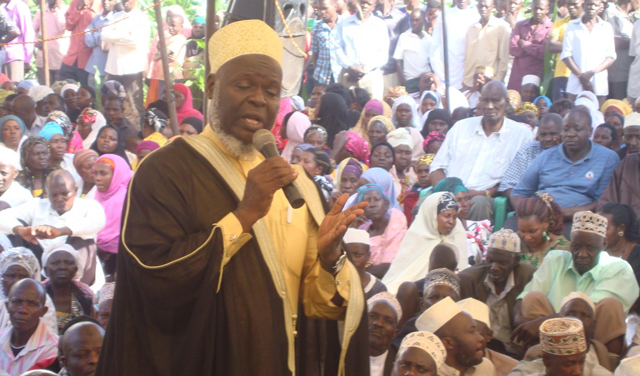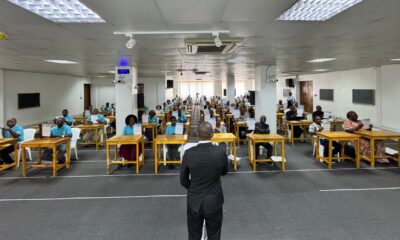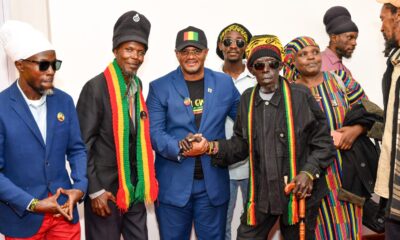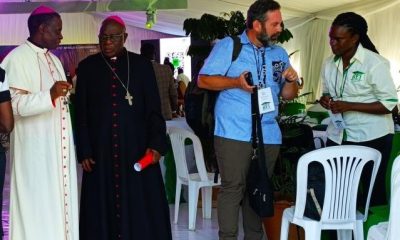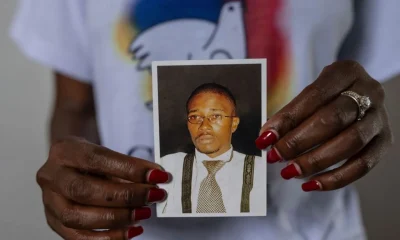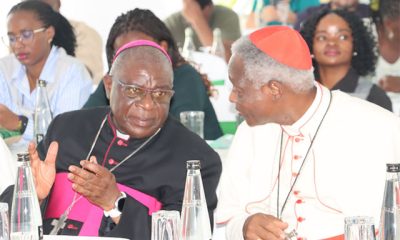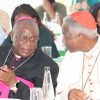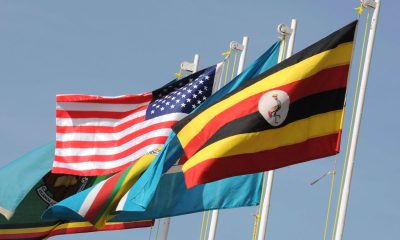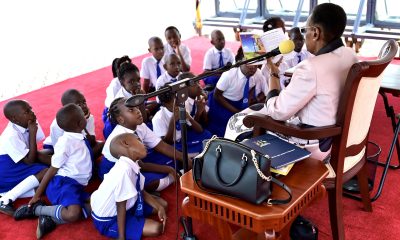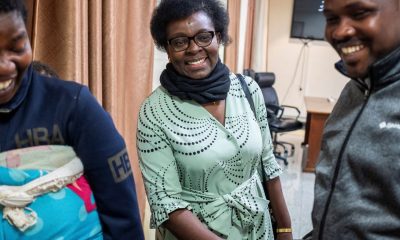Faith
Muslim Martyrs Day Marred by Funding Disputes as Mufti Declares Namugongo National Heritage
This year’s Muslim Martyrs Day commemoration was overshadowed by escalating internal disputes over state funding, even as Uganda’s Mufti, Sheikh Ramathan Shaban Mubaje, officially designated the Namugongo site a national heritage. The declaration, aimed at bringing order to the troubled event, places its organisation under a new central committee that integrates local mosque leaders.
Mufti Mubaje made the significant announcement while addressing Muslims gathered at the Old Kampala National Mosque for the commemoration. His clarification was a direct response to persistent disagreements surrounding the management of government allocations, particularly the Shs200 million provided for this year’s event.
The Mufti explained that the new designation, recently approved by the Uganda Muslim Supreme Council (UMSC) management, elevates the Muslim martyrs’ commemoration to the same national standing as the recognised Catholic and Anglican sites. He added that this move also paves the way for significant redevelopment efforts at Namugongo to honour the Muslim martyrs.
The Shs200 million state allocation proved to be the flashpoint for the escalating internal dispute. Local mosque leaders at the Namugongo Martyrs site openly accused senior UMSC figures, who received the funds, of failing to disburse the money directly to the site for its intended purpose.
In what appeared to be a defence of UMSC’s actions, Mufti Mubaje stated that he had convened meetings with mosque leaders during the planning phase. He said it was agreed to form two committees: one for site development and another for event organisation. To ensure fair representation and prevent accusations of UMSC dominance, the organising committee included two leaders from the local mosque, two from the sub-county (twale), two from the district, and four from the Muslim regional leadership.
However, despite this structured committee, some Muslims and leaders at the Namugongo mosque, where the event was initially slated, reportedly felt marginalised. This perceived loss of control culminated in them chasing off UMSC officials the day before the commemoration, forcing a last-minute relocation of the entire event to the Old Kampala National Mosque.
Mufti Mubaje squarely blamed this disruption on “figures who seem to be infighting Islam from within, rather than promoting unity.” He issued a stern warning to youth and young sheikhs against manipulation by individuals with “self-serving interests.”
Representing the government, Third Deputy Prime Minister Lukia Nakadama reiterated the state’s willingness to support the development of the Muslim site, mirroring its assistance to Anglican and Catholic communities. However, she emphasized the critical need for unity within the Muslim leadership to facilitate this support.
Nakadama further revealed the government’s commitment to exploring means of helping the Uganda Muslim Supreme Council repossess its land at Namugongo, which has been gradually encroached upon over time. “We understand that the Muslim land at Namugongo used to be six acres, but now only one is left, and it also has squatters,” Nakadama stated, expressing concern. “We need to find means of repossessing this land. Government is willing to support, but as you heard the President say when he was at the Anglican site on June 3, we need to sort out our issues.”
She also appealed to the UMSC for long-term planning to prevent future “circus” events like the one witnessed this year.
Amidst the infighting, schoolchildren from Ndejje Quality School delivered a poignant message through song, urging Muslim leaders and faithful to set aside bickering over money and power and instead unite according to Islamic teachings. Their performances, in Arabic, English, and Luganda, boldly addressed the divisions, highlighting the history of Muslim martyrs and advocating for their legacy to be honored through unity, not discord.
“If there’s any lesson to take from today, it’s in the songs the children have performed,” remarked Isma Mugenyi, an attendee, reflecting the sentiment of many present at the low-key and poorly attended function.
Theological Debate on Martyrdom
Beyond the financial contention, an underlying theological debate concerning the commemoration of martyrs has also simmered within the Islamic community. Dr. Ziyad Swallah Lubanga, the Director of Sharia at UMSC, unequivocally affirmed that Islam recognises martyrs as a fundamental tradition dating back to the time of the Prophet Muhammad.
“During the Battle of Badr, fourteen Muslims were martyred. Over the 23 years of Prophet Muhammad’s mission, at least 230 Muslim martyrs were documented,” Dr. Lubanga clarified. He emphasised Islam’s profound reverence for those who perish defending their faith, citing Quran 3:169: “And never think of those who have been killed in the cause of Allah as dead. Rather, they are alive with their Lord, receiving provision.”
Dr. Lubanga stressed that Islam acknowledges various categories of martyrs beyond those who die directly in battle for their faith, urging anyone disputing this to seek knowledge from more informed sources.
The recognition of Muslim martyrs in Uganda has gained significant momentum in recent years, largely spearheaded by individuals like Professor Badru Kateregga, chairperson of the Muslim Martyrs Mosque Development Committee, and other dedicated Muslim leaders. Their sustained research and efforts to fund the commemoration, in collaboration with UMSC, have solidified the event’s place on the national calendar.
Historical records indicate that between 1874 and 1875, during the reign of Kabaka Mukaabya Walugembe Muteesa I, Muslim converts became the first individuals in Buganda to be executed for their new foreign religious beliefs. Approximately 80 to 100 converts were killed in places like Nateete and Namugongo, predating the execution of Christians on June 3, 1886. Namugongo had long been a designated site for executing capital punishment for royals and court officials, a practice established since the reign of King Kyabaggu in 1760.
Comments



